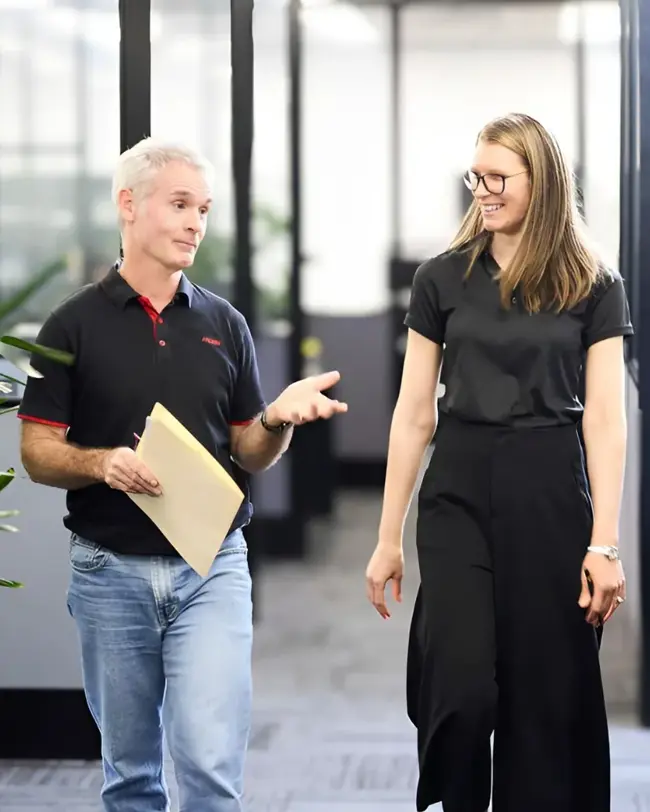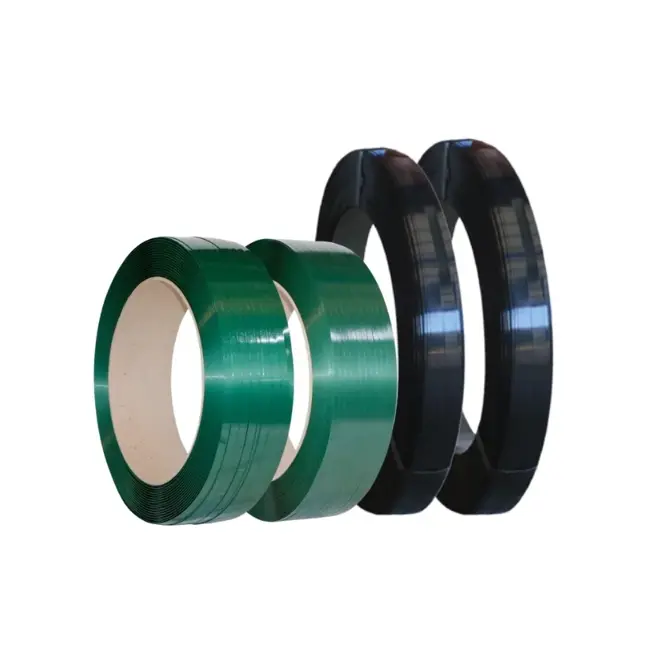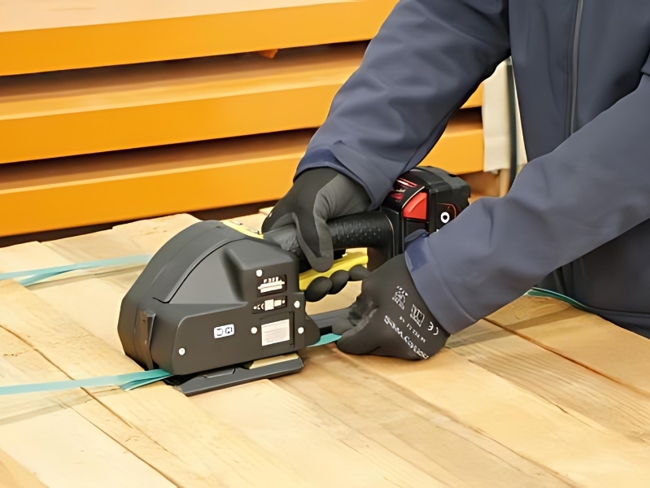When determining the appropriate tension for your load, a few key factors should be considered. For strapping bulky industrial items, it is generally advisable to ensure the strap is very tight. This helps to unitise and secure the product, preventing it from telescoping, rattling, or coming loose.
The right strapping system considers a combination of pre-tension, break strength, and the number of straps used. As a general guideline, PET strap should be pre-tensioned to about half of its break strength.
When bundling items together or securing them to pallets, maintaining a tight strap is still important, but care must be taken to avoid damaging the product, denting, cutting through it, or breaking the boards of the pallet. In these situations, additional packaging materials, such as stretch film, may be used to help unitise the product, allowing for less pre-tension on the strap. Ancillary items like corner protectors can also be beneficial.
Battery powered strapping tools, and automated equipment can ensure consistent and repeatable control of the applied strap tension, enhancing the reliability and safety of your strapping process.












